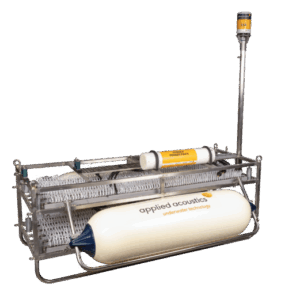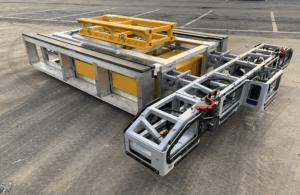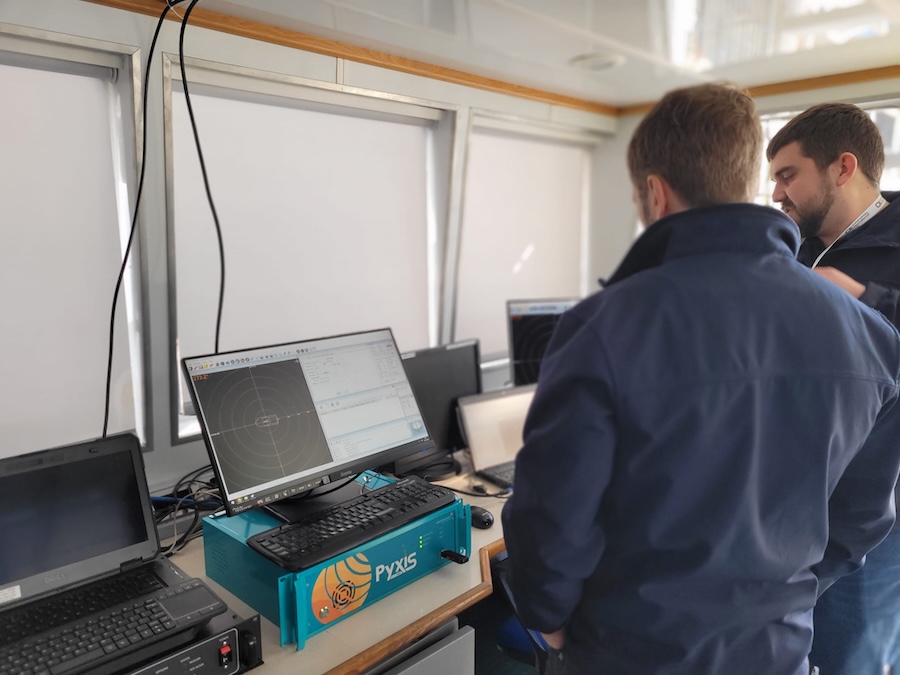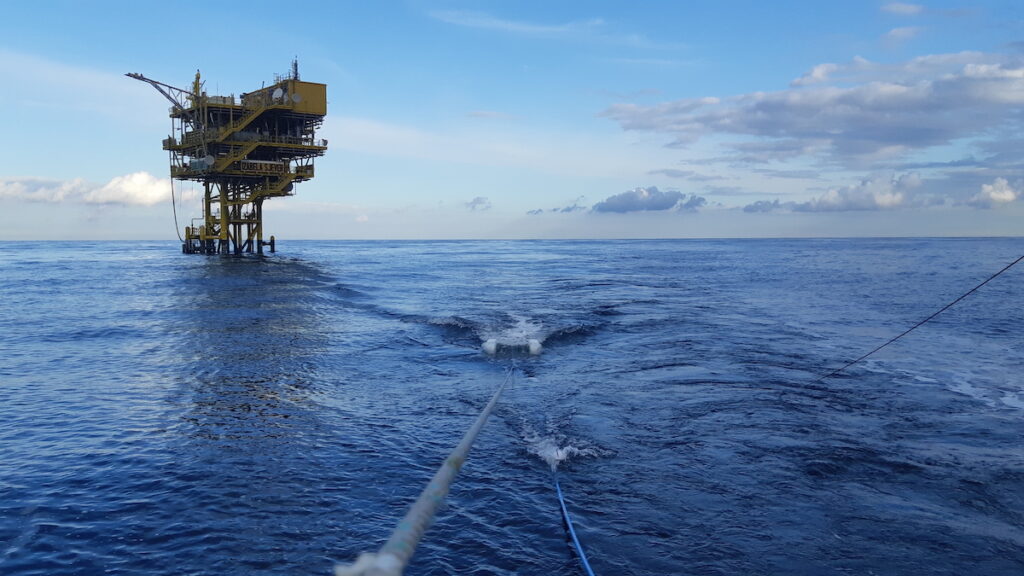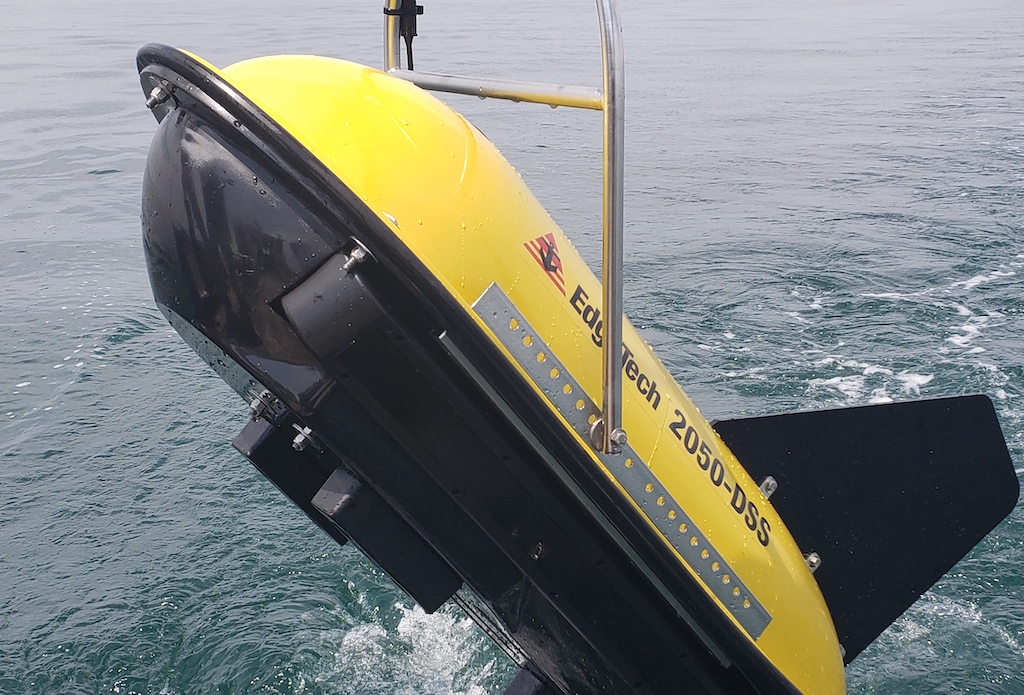Suppliers
Add your company
Industry-Leading Underwater Imaging and Power Solutions for Demanding Professional Survey Applications
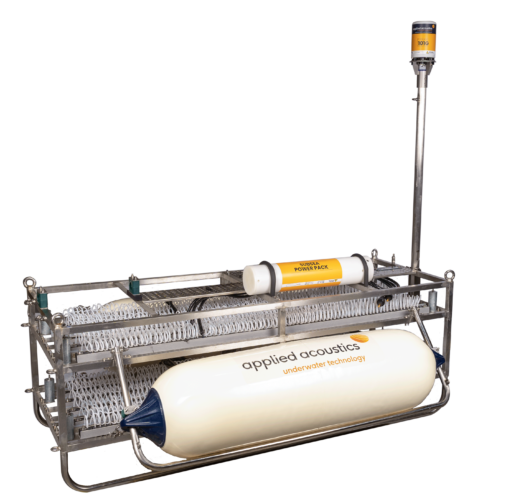
Innovative Subsea & Marine Navigation, Positioning & Survey Solutions
If you design, build or supply Sub-Bottom Profiling, create a profile to showcase your capabilities on this page
Products
Sub-Bottom Profiling: Advanced Acoustic Techniques for Subsurface Mapping
Sub-bottom profiling systems are tailored to specific mission profiles depending on water depth and resolution. CHIRP (Compressed High Intensity Radar Pulse) sub‑bottom profilers sweep across frequencies, often in the low‑ to mid‑frequency range, offering high‑resolution imaging suitable for sediment thickness measurements and benthic habitat mapping. They shine in research vessel operations, undersea archaeology, and coastal development, where detecting discrete sub‑surface features is critical.
Boomer and sparker systems excel at penetrating deeper into sediments in both shallow-water and deep-water environments. These systems are frequently mounted on offshore supply vessels, dredging vessels, or hull-mounted on multipurpose support vessels for geotechnical surveys and pipeline route planning. Their broad frequency range allows efficient data acquisition even in challenging seabed geology.
Emerging parametric sources, which generate narrow, high-frequency beams from the interaction of primary low-frequency pulses, produce ultra-clean acoustic signals. This precision makes them invaluable for high-resolution applications such as buried object detection, submerged object scanning, and acoustic seabed classification during environmental impact assessments.
Platforms and Deployments
Towed towfish systems are deployed behind survey vessels or unmanned surface vehicles (USVs), offering flexible profiling with cable winch and towing cable arrangements. They can operate from hydrographic survey vessels or remotely operated vehicles, ideal for nearshore or cluttered environments.
Hull-mounted and pole-mounted profilers suit multipurpose support vessels and coastal patrol boats, enabling continuous data collection without the complexity of tow bodies. Combined with positioning systems (GPS receiver, inertial motion sensors), AD converters, and onboard computers, these setups allow real-time processing and display unit monitoring of sub‑surface structures.
Unmanned surface vehicles and autonomous surface vehicles enhance efficiency and safety, especially in restricted or hazardous zones. Their power supply, amplifier, transducer, DSP units, and hydrophone arrays are optimized for autonomous acquisition and onboard data storage until retrieval.
Remotely operated vehicles (ROVs) and dive support vessels enable localized sub-bottom profiling in dive zones and underwater archaeology, equipped with compact profiler systems, positioning sensors, and recording software. Ideal for acoustic coring operations, ROV platforms can precisely sample sediment layers for later sediment analysis.
System Components
A comprehensive sub-bottom profiling system includes:
-
Transducer and hydrophone array: key to efficient acoustic emission and reflection capture.
- Pulse generator (boomer, sparker, parametric): tailored for different imaging depths and resolutions.
- Power supply and preamplifier/amplifier stages: ensuring stable signal strength.
- Data acquisition system and analog-to-digital converter (ADC): for accurate digital recording.
- Motion sensor and GPS or positioning system: to georeference profiles in real time.
- Onboard computer, recording software, user interface panel, and display unit: for processing and visualization.
- Data storage unit: essential for high-resolution survey missions.
Applications and Industries
Sub-bottom profilers are instrumental across a spectrum of marine and nearshore operations:
- Hydrographic and offshore survey: supporting harbor development, dredging surveys, and channel maintenance through sediment mapping and seabed classification.
- Oil and gas exploration and pipeline route planning: critical in assessing sub‑seafloor geology and sediment thickness to guide drilling and installation paths.
- Marine geophysics: profiling subsurface features, fault lines, paleochannels, or buried objects for geological research and seismic risk assessments.
- Environmental impact assessments: mapping benthic habitats, assessing seabed disturbance, and monitoring post‑installation effects.
- Construction planning and coastal engineering: evaluating sediment stability and underlying strata for foundations, bridges, pipelines, or dredging operations.
- Underwater archaeology and salvage: revealing historical shipwrecks, artifacts, or buried structures without invasive excavation.
- Research vessel programs: studying sediment transport, stratigraphy, and seabed processes in both shallow-water bays and deep ocean trenches.
Choosing the Right Profiler
Selecting the optimal sub-bottom profiler depends on:
- Resolution vs penetration: CHIRP excels in shallow, high-resolution surveys, while boomer/sparker systems reach deeper.
- Survey platform: Towfish systems are flexible, USVs and ROVs allow operations in restricted zones, and hull/pole-mounted systems are better for stable platforms.
- Frequency range: Broadband and parametric sources offer better signal clarity for seabed classification; narrowband systems may be limited.
- System integration: Ensure compatibility between transducer, amplifier, digitizer, display unit, recording software, and data formats.
- Operational environment: Adapt power supply, cable winch, deployment brackets, and motion/GPS sensors for offshore, deep-water, or coastal settings.
- Budget and logistics: Portable profiler units may favor small-scale research, while full-survey setups suit larger vessels and offshore offsets.
Sub-Bottom Profiling for Modern Marine Survey Needs
Sub-bottom profiling remains a critical tool in sub-surface seabed imaging, offering unmatched insight into sediment structure, thickness, and hidden features. Whether using CHIRP systems aboard hydrographic vessels, deploying boomer sources on offshore supply vessels, or integrating profiler packages on autonomous surface vehicles, these systems enable precise, acoustically driven exploration of marine strata. As marine geology, oil and gas, archaeology, and environmental assessment fields advance, robust and integrated sub-bottom profilers remain the foundation of modern seafloor investigation.







